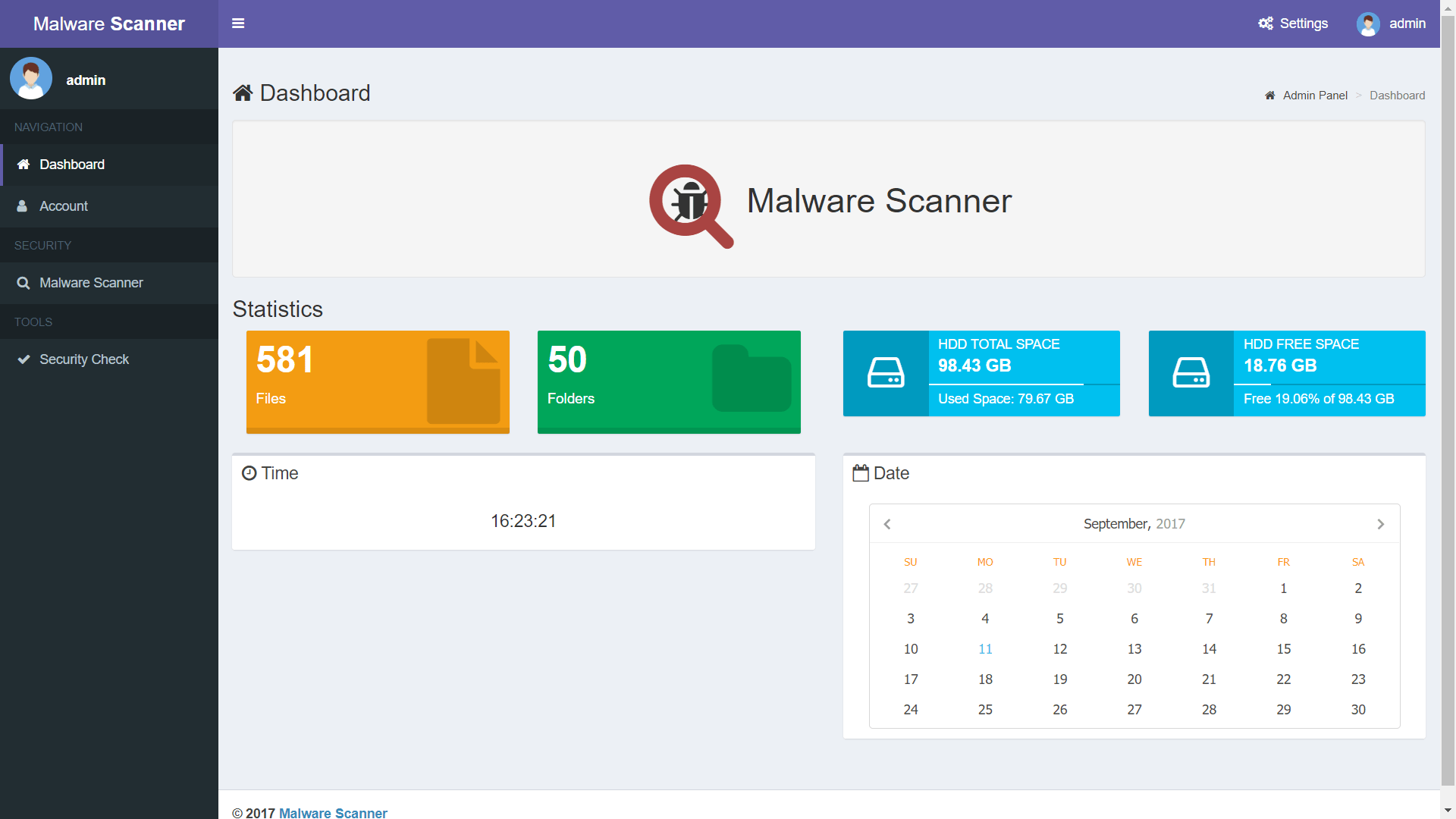

The Snort open source intrusion prevention system is integrated into Forcepoint NGFW. Through the Access rules and what happens when a certain type of pattern is found. Inspection Policy elements define how the engines look for patterns in traffic allowed They are your main configuration tool forĭefining which traffic is stopped and which traffic is allowed. Treats different types of network traffic. Template Policies, Policies, and Sub-Policies.Īccess rules are lists of matching criteria and actions that define how the engine The policy elements for the engines include

Policy elements are containers for the rules that determine how NGFW Engines, Master NGFW Engines, and Virtual NGFW Engines examine traffic. Policies are key elements that contain rules for allowing or blocking network traffic Use the Management Client to configure static or dynamic routing, and use a Multi-LinkĬonfiguration to manage and distribute inbound and outbound connections. You can configure the NGFW Engine properties, activate optional features, and You can create and modify Firewalls, IPS engines, Layer 2 Firewalls, Master NGFW Engines and Virtual NGFW Engines.

Security Management Center (SMC) configuration allows you to customize how the SMC components work. You can command and set options for engines through the Management Client or on theĮngine command line. You can use the SMC to monitor system components and third-party devices. How the different SMC components should be positioned and deployed.Īfter deploying the SMC components, you are ready to start using the Management Client and carrying out Introduction to the Forcepoint Next Generation Firewall solutionīefore setting up Forcepoint Next Generation Firewall (Forcepoint NGFW), it is useful to know what the different components do and what engine roles areīefore you can set up the system and start configuring elements, you must consider.This online help was created for Forcepoint Next Generation Firewall (Forcepoint NGFW), version 6.11.0.


 0 kommentar(er)
0 kommentar(er)
